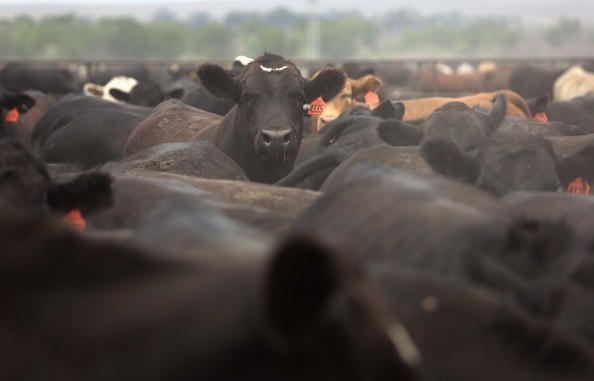
Seventy percent of antibiotics are not used to fight disease in the United States; they are used in animal agriculture to help healthy livestock grow faster. This widespread nonmedical use is thought to cause diseases to become resistant to antibiotics, leading to multiply resistant strains of bacteria and making many antibiotics less useful in healthcare.
Most antibiotic resistance occurs directly, when a few bacteria survive the antibiotics and start to grow and spread. However, a study has found that it may be possible that antibiotic resistance can spread through the air from large feedlots at cattle farms. Air samples taken around large feedlots were found to contain bacteria, antibiotics, and bits of bacterial DNA that code for antibiotic resistance.
Researchers at the Institute of Environmental and Human Health at Texas Tech University in Lubbock collected the air samples downwind and upwind from 10 cattle feedlots. The air samples contained particulate matter-dust-that appears to help disperse the veterinary antibiotics used at the feedlots.
They found more antibiotics and bits of antibiotic-resistant genes in the air samples taken downwind of the lots than in samples taken upwind. The microbes carried downwind from the lots on particulate matter were types found in ruminant animals such as cattle and were distinct from those carried on particulate matter upwind. The amount of genes that could code for resistance to tetracycline antibiotics was significantly greater in particulate matter collected downwind of feedlots compared to upwind.
Bacteria are hardy and can survive on the particulate matter from the feedlots as they are carried with the wind. Antibiotics carried with them on the wind helps keep them resistant, and pieces of genes that code for resistance can be picked up and incorporated into the DNA of other bacteria.
These findings mean that dust from feedlots is plausible as an airborne source of antibiotic resistance.
The Texas Tech researchers noted that there is no way to assess whether the amounts of bacteria and antibiotic carried on the wind is dangerous to humans, only that it appears to be occurring.

